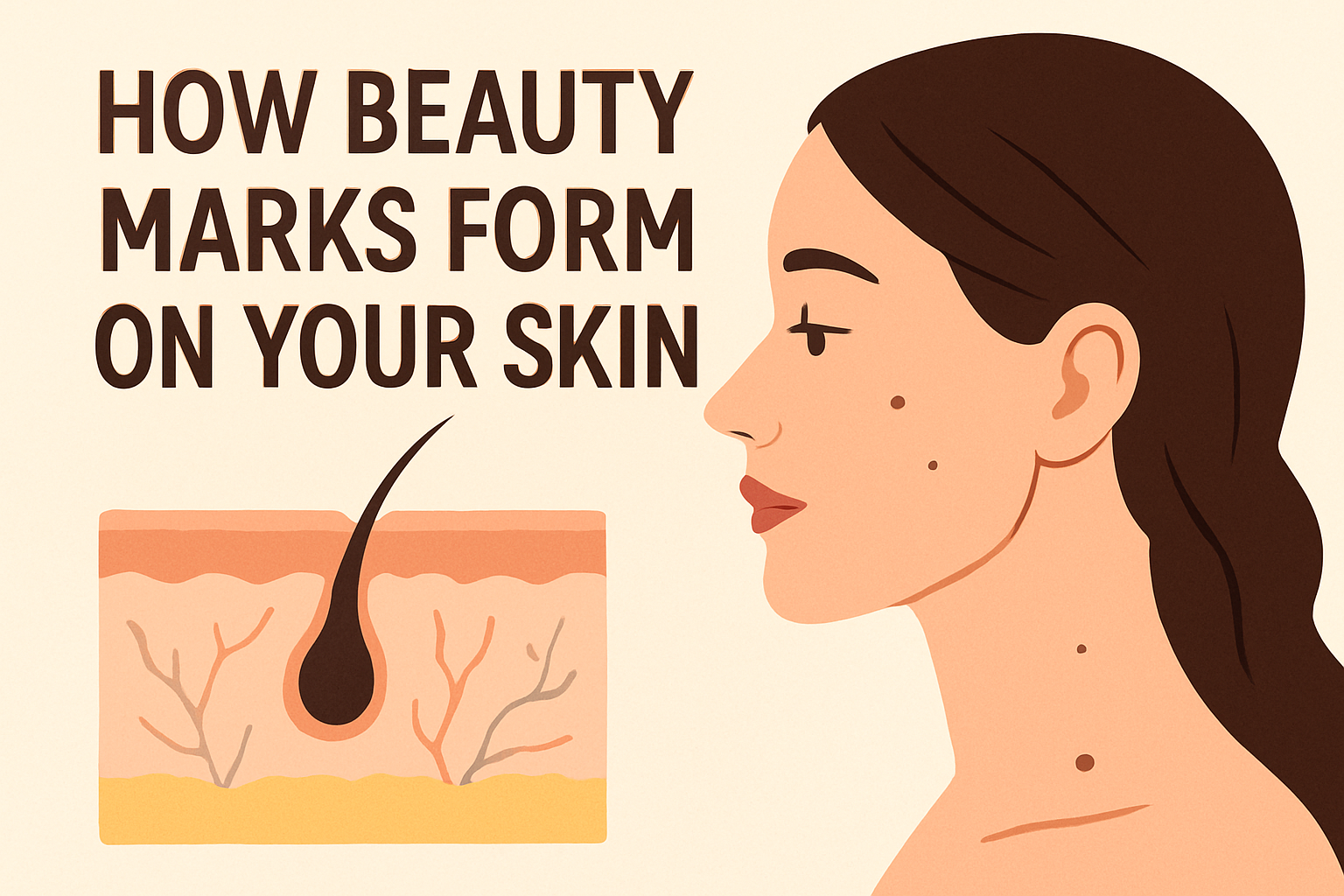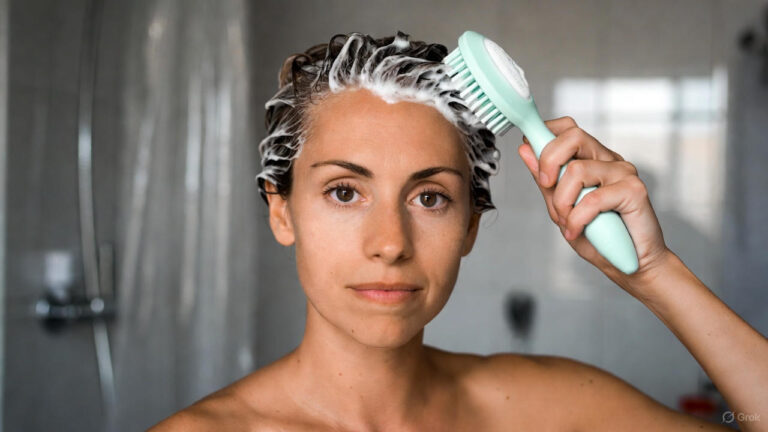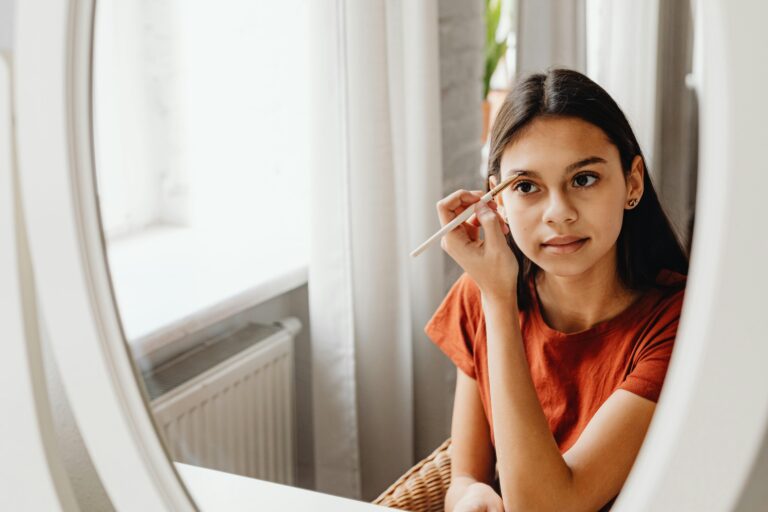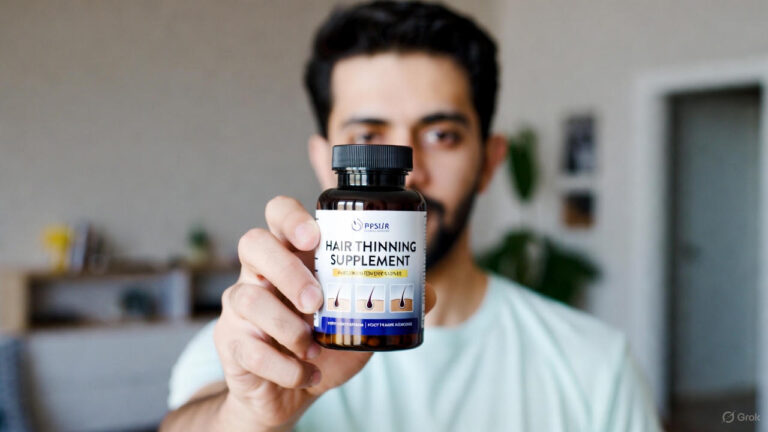Ever noticed a small dark spot on your face or arm and wondered how beauty marks form on your skin? You’re not alone. These marks often appear out of nowhere, sparking curiosity and sometimes a little worry. They’re common, natural, and usually harmless. But the story of how they form is more fascinating than most people think.
What Exactly Are Beauty Marks?
Beauty marks, often called moles or nevi, are clusters of pigment-producing cells. Instead of spreading evenly, these cells group together, forming a visible spot. They come in different shapes, sizes, and colors.
Some people have them from birth, while others notice them later in life. Many marks darken or lighten over time. Hormonal changes during puberty or pregnancy can make them more noticeable.
How Beauty Marks Form on Your Skin: The Science
Your skin produces pigment through cells called melanocytes. Sometimes, these melanocytes group instead of spreading evenly. This grouping creates a beauty mark.
They can form anywhere: your face, arms, legs, or even hidden spots you rarely see. Most marks appear during childhood or adolescence.
Genetics play a big role. If your parents have lots of moles, you probably will too. Sun exposure can also influence whether new marks appear or existing ones darken.
Factors That Influence How Beauty Marks Form on Your Skin
1. Genetics
Family traits strongly influence mole formation. If your parents have a certain type of mole, you’re more likely to develop it.
2. Sun Exposure
Ultraviolet (UV) rays from the sun stimulate melanocytes. More sun means more pigment activity. Sometimes this leads to new beauty marks.
3. Hormonal Changes
Puberty, pregnancy, and even menopause can trigger new marks or change existing ones. Hormones affect how melanocytes behave.
4. Age
Most moles appear by age 30. After that, some fade while others change shape or color.
5. Skin Type
Fair skin tends to develop more moles, partly because UV rays penetrate more easily. Darker skin has fewer, but they can be harder to notice.
Cultural Meaning of Beauty Marks
Throughout history, beauty marks have carried symbolic meaning. In some cultures, a mark on the cheek or chin signaled charm or luck. During the 18th century in Europe, artificial beauty marks, called “patches,” were used for fashion.
In modern pop culture, famous figures like Marilyn Monroe and Cindy Crawford turned beauty marks into iconic features. Today, many see them as unique traits that add character.
Health Aspects of How Beauty Marks Form on Your Skin
Most beauty marks are harmless. But some can signal skin issues, including melanoma, a serious form of skin cancer. Changes in size, shape, or color should be checked by a dermatologist.
The ABCDE rule helps spot concerning marks:
- Asymmetry: One side looks different from the other.
- Border: Edges appear irregular.
- Color: Multiple colors in one spot.
- Diameter: Larger than 6 millimeters.
- Evolving: Changing over time.
Case Studies: Real-Life Stories of Beauty Marks
One woman noticed a mole that darkened during pregnancy. Her dermatologist confirmed it was harmless and hormone-related.
A teenager developed several new moles after spending a summer surfing daily. They turned out to be normal, sun-induced nevi.
A man had a mole since birth that started growing. His doctor recommended removal. It was benign but changing tissue made it safer to remove.
These cases show that while most marks are safe, paying attention is important.
Preventive Care and Monitoring
You can’t prevent all moles, but you can reduce risks. Use sunscreen, wear protective clothing, and avoid tanning beds. Regular self-checks help you catch changes early.
Dermatologists recommend full-body skin exams every year, especially if you have many moles or a family history of melanoma.
Frequently Asked Questions (FAQs)
1. Can beauty marks disappear?
Yes. Some fade with age, hormonal changes, or immune responses. Others may lighten but remain visible.
2. Are all beauty marks genetic?
Not all. Many are influenced by sun exposure, hormones, or random cell grouping.
3. When should I worry about a mole?
If it changes size, shape, or color, or starts bleeding or itching, see a dermatologist right away.
4. Do beauty marks mean anything about my health?
Usually, no. Most are harmless. A few can indicate skin cancer risk if they change or look unusual.
5. Can I remove a beauty mark for cosmetic reasons?
Yes. Dermatologists can remove them safely. Never try removing one at home.
Conclusion
Beauty marks are natural, common, and often harmless. Knowing how beauty marks form on your skin helps you understand your body and spot changes early. Stay curious, protect your skin, and when in doubt, ask a dermatologist. Your skin tells a story. Make sure you’re reading it carefully.



